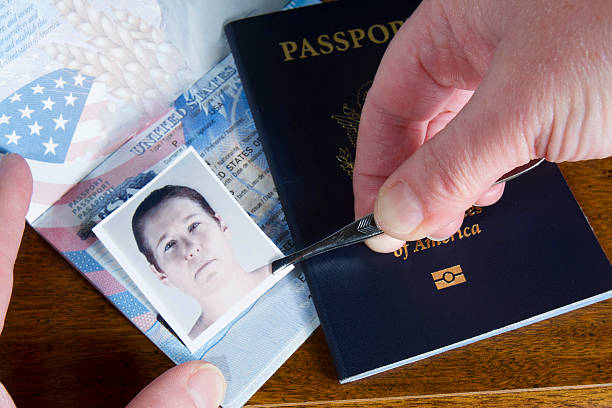With the use of fake IDs on the rise, it is becoming increasingly important to be able to spot a counterfeit ID quickly and effectively. Whilst many fake IDs are relatively easy to spot without any special training, there are certain technological advances which make it more difficult to tell the difference. In this blog post, we will explore the process of identifying a Buy fake ids, and provide advice on how to stay informed and protect yourself from potential fraud. We’ll start by looking at the key features of a scannable fake ID and how it differs from a standard fake ID. By understanding the differences and similarities, it is possible to hone your identification skills and ensure that you are better equipped to spot any unusual or fraudulent activity.
1. Check for discrepancies in name, date of birth, and other personal information
One of the surest ways to determine if a piece of identification is real or fake is to check for discrepancies in the name, date of birth, and other personal information. If you’re presented with a scan of an ID, you should always take the time to compare the information on the ID with the information provided by the customer. Even if the photo looks legitimate, double-check the name, date of birth, and other details to make sure they match up. If there are any discrepancies, that’s an early indicator the ID could be fake.
2. Look for fake holograms and UV images
Fake IDs are getting increasingly more sophisticated, and one of the best ways to spot a fake is to look for a hologram, which is usually placed in the top right corner of the ID. Most genuine IDs will have a visible, bright hologram that changes color in the light. Additionally, many IDs now have UV images, which are only visible under UV light and are difficult to replicate. It’s important to be familiar with the features of any IDs you might be asked to scan in order to spot any potential fakes.
3. Verify the ID against a database of valid IDs
The third step in verifying a scannable fake ID is to check the ID against a database of valid IDs. The database should be updated regularly with the latest ID numbers and should be able to instantly compare the ID number on the ID to the valid information in the database. This can also be done manually, but it is much more effective and accurate to use a database. The database should also contain information about the ID’s expiration date and other pertinent information. Comparing the ID to the database should be done thoroughly and accurately to ensure the ID is valid.
In conclusion, there are many ways to spot a fake ID. By looking for inconsistencies in appearance, holograms, and scannable features, you can ensure that you’re not accepting any false identification. It’s important to have these protocols in place to ensure the safety of your business and to protect you from any legal repercussions. Taking a few extra steps to verify IDs is well worth the time and effort.



